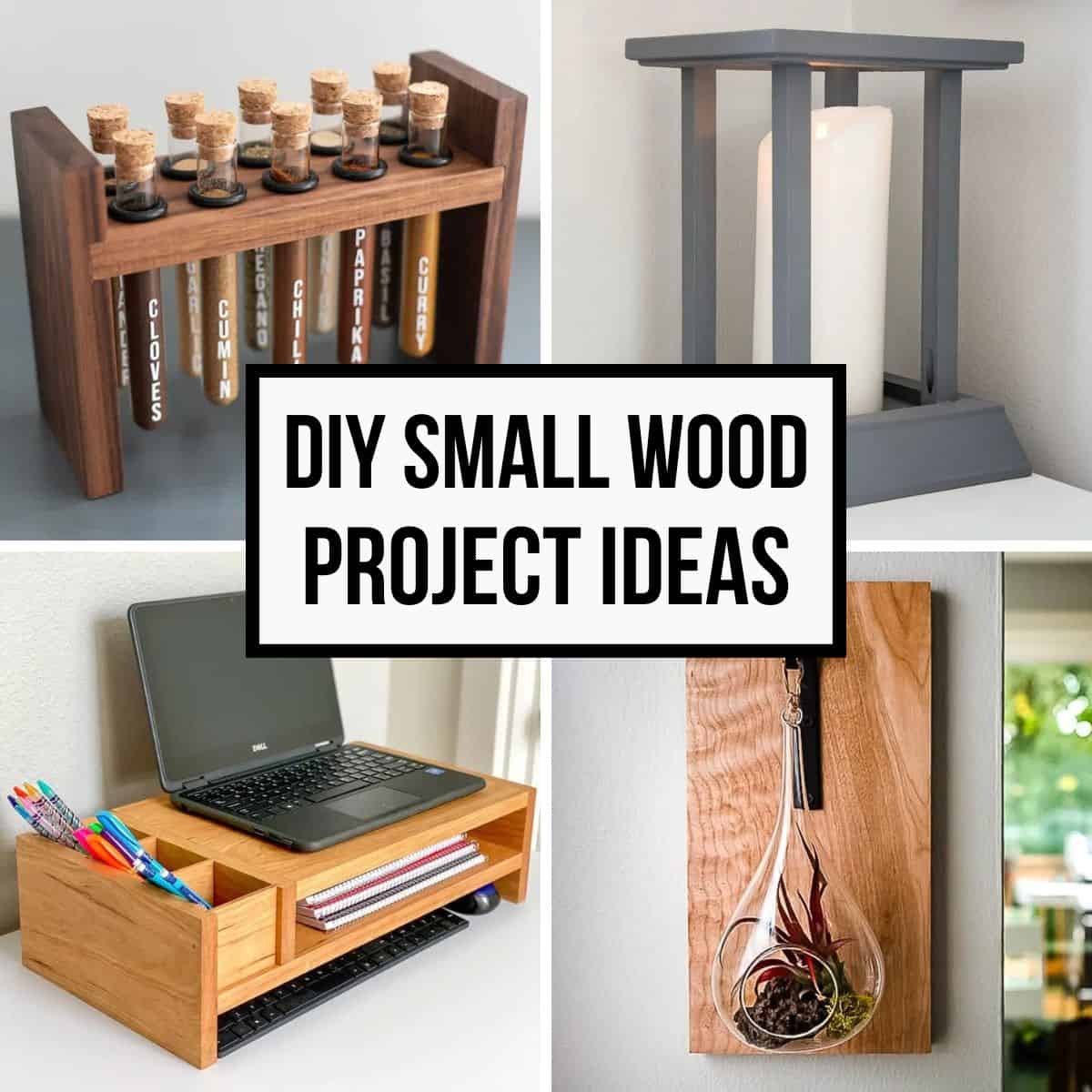DIY Planner Creation: Complete Guide to Custom Organization Systems
Understand DIY planner benefits
Create your own planner offer unmatched customization and cost-effectiveness compare to store buy alternatives. Custom planners adapt to your specific needs, whether you’re manage work projects, family schedules, or personal goals. The process itself become therapeutic, allow you to design layouts that match your thinking patterns and organizational style.
DIY planners eliminate the frustration of unused sections find in commercial versions. You control every element, from page layouts to color schemes, ensure maximum functionality. This personalized approach increase usage rates and helps maintain consistent planning habits.
Essential materials and tools
Successful planner creation require specific materials that balance durability with functionality. Choose heavyweight paper between 70 90 GSM for write pages to prevent ink bleeding. Card stock work splendidly for covers and dividers, provide structure while remain flexible.
Bind options include spiral coils, disc bind systems, or simple ring binders. Spiral bind offer 360 degree page rotation, while disc systems allow easy page rearrangement. Ring binders provide ultimate flexibility but create bulk.
Gather quality pens, rulers, and cut tools. Fine tip markers help create clean lines, while gel pens provide smooth writing experiences. A paper trimmer ensure precise cuts, though sharp scissors work adequately for smaller projects.
Plan your layout design
Effective planner design start with understand your planning style. Visual learners benefit from calendar grids and color code systems. Linear thinkers prefer list base layouts with clear hierarchies. Analyze your current planning habits to identify what work and what don’t.
Consider your primary planning needs. Students require assignment trackers and exam schedules. Parents need family calendars and activity coordination. Professionals benefit from project timelines and meeting notes. Design sections that address your specific requirements.
Sketch layouts before commit to final designs. Test different arrangements use scrap paper. Popular layouts include weekly spreads, monthly overviews, and daily detail pages. Hybrid approaches combine multiple formats for comprehensive coverage.
Create monthly calendar pages
Monthly calendars provide essential overview perspectives for long term planning. Design grids with adequate space for appointments and events. Standard calendar grids use seven columns for days and five to six rows for weeks, depend on the month’s structure.
Include space for monthly goals and priorities at the top or bottom of each page. This area help maintain focus on important objectives while manage daily tasks. Add habit trackers or mood indicators if these elements support your planning style.
Consider seasonal variations in your monthly designs. Summer months might emphasize vacation planning, while school months focus on academic schedules. Flexible designs accommodate change priorities throughout the year.
Designing weekly spread layouts
Weekly spreads form the backbone of most planning systems, bridge monthly overviews with daily details. Vertical layouts list days in columns, provide clear daily sections. Horizontal layouts spread days across rows, offer more writing space per day.
Include sections for weekly priorities, upcoming deadlines, and reflection notes. Priority sections help maintain focus on important tasks amid daily distractions. Reflection areas encourage regular assessment of progress and challenges.
Experiment with time block layouts if you prefer schedule approaches. Create hourly grids for detailed time management or broader morning, afternoon, and evening sections for flexible scheduling. Match the detail level to your actual planning needs.
Develop daily planning pages
Daily pages accommodate detailed task management and time sensitive planning. List base formats work advantageously for task orient individuals, while schedule formats suit those prefer time block approaches. Hybrid designs combine both elements for comprehensive daily management.

Source: vdvelde.com
Include sections for priorities, appointments, tasks, and notes. Priority sections highlight the nigh important daily objectives. Appointment areas track time specific commitments. Task lists capture action items and errands. Note sections accommodate meeting details, ideas, and observations.
Design daily pages with realistic space allocations. Excessively ambitious layouts create pressure and reduce usage. Match page complexity to your actual planning habits and available time for daily planning activities.

Source: etsy.com
Add specialized tracking pages
Specialized pages address specific tracking needs beyond basic scheduling. Habit trackers monitor daily routines like exercise, water intake, or reading. Goal set pages break down objectives into actionable steps with progress indicators.
Financial tracking pages monitor budgets, expenses, and savings goals. Include categories relevant to your spending patterns and financial objectives. Simple layouts oftentimes prove more sustainable than complex systems require extensive data entry.
Health and wellness pages track symptoms, medications, or fitness progress. Meal planning sections coordinate grocery shopping with weekly menus. Project pages manage multistep initiatives with timeline tracking and resource lists.
Binding and assembly techniques
Proper binding ensure your planner withstands daily use while remain functional. Spiral binding require specialized tools but create professional results. Many print shops offer bind services for DIY planner creators seek polished finished products.
Disc bind systems allow easy page additions and removals. These systems work advantageously for planners require frequent updates or seasonal modifications. Initial investment in disc bind tools pay off through long term flexibility and customization options.
Simple ring binders accommodate various page sizes and allow easy reorganization. Reinforce holes with clear tape or hole reinforcers to prevent tearing. Choose binder size that balance portability with page capacity.
Customization and personalization ideas
Personalization transform functional planners into enjoyable tools that reflect your personality. Color schemes create visual appeal while support organizational systems. Consistent color coding helps quick identify different types of information or priorities.
Add inspirational quotes, artwork, or photographs to create emotional connections with your planner. Personal touches increase usage motivation and make planning feel less like a chore. Balance decoration with functionality to maintain practical usability.
Consider seasonal themes or rotate decorative elements to maintain visual interest throughout the year. Simple changes like seasonal color schemes or theme stickers refresh the planner’s appearance without require complete redesigns.
Digital design tools and templates
Digital tools streamline the design process and enable precise layouts. Free software like Canva offer planner templates and design elements. More advanced users benefit from adobe InDesign or similar professional layout software.
Online communities share free planner templates and design resources. These templates provide starting points for customization preferably than finished products. Modify exist designs to match your specific needs and preferences.
Print considerations affect digital design choices. Ensure adequate margins for bind and choose appropriate paper sizes. Test print small sections before commit to full planner production to identify potential issues.
Maintenance and updates
Successful DIY planners require ongoing maintenance and periodic updates. Regular assessment identifies sections that work substantially and areas need improvement. Quarterly reviews help refine layouts and add new sections as needs evolve.
Plan for seasonal updates or annual redesigns. What work during busy school months might not suit summer vacation periods. Flexible designs accommodate change schedules and priorities throughout the year.
Keep backup copies of successful page designs for future use. Digital files enable easy reprinting of favorite layouts. Document design decisions and modifications to streamline future planner creation projects.
Troubleshoot common issues
Common planner problems include inadequate space allocation, excessively complex layouts, and poor paper choices. Space issues typically resolve through larger page sizes or simplified layouts. Complex designs oftentimes reduce usage rates and planning consistency.
Paper quality affect write experience and planner durability. Thin paper allow ink bleeding, while thick paper increase volume. Test different paper weights to find optimal balances between functionality and portability.
Bind problems include page tearing, cover damage, and hardware failure. Reinforce high stress areas with tape or stronger materials. Choose bind methods appropriate for your usage patterns and handling habits.
Create your own planner represent an investment in personalize organization that adapt to your unique needs and preferences. The process itself provide valuable insights into your planning habits and organizational style, lead to more effective time management and goal achievement.
MORE FROM hotondeals.com













